Are you tired of dealing with the pain of plantar fasciitis after a long hike? You can’t go wrong with a simple frozen water bottle.
Using this unconventional tool, you can treat your plantar fasciitis effectively and get back on your feet quickly. But how should you use a frozen water bottle to relieve plantar fasciitis pain after hiking?
Start by preparing the frozen water bottle, placing it in the freezer until it’s solid. Then, find a comfortable position and elevate one foot. Position the frozen bottle under your foot and roll it back and forth, targeting the affected area. Repeat the same procedure on the other foot. This can help reduce inflammation and alleviate pain.
Throughout this article, we will explain the total procedure of using a frozen water bottle to reduce plantar fasciitis pain. Additionally, it will relieve hiking foot pain and be convenient to use.
How Does a Frozen Water Bottle Help Plantar Fasciitis Caused by Hiking?
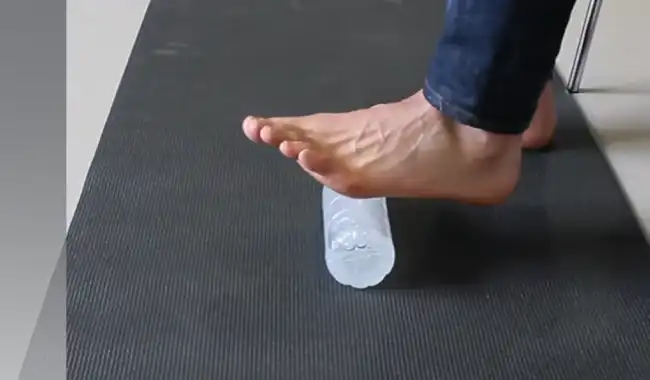
Utilizing a frozen water bottle can be beneficial if you’re dealing with plantar fasciitis caused by hiking and are seeking relief. Here’s how you can effectively use a frozen water bottle to address the discomfort:
- Step 1: Prepare the frozen water bottle
- Step 2: Find a comfortable position
- Step 3: Elevate one foot
- Step 4: Position the frozen bottle
- Step 5: Roll the bottle
- Step 6: Repeat on the other foot
- Step 7: Dry your feet
Let’s deep dive into each of the steps for using a frozen water bottle to reduce plantar fasciitis pain from hiking:
Step 1: Prepare the Frozen Water Bottle
First, grab a partially frozen water bottle from the freezer. This step is important because the cold temperature of the water bottle can help reduce inflammation and provide relief for plantar fasciitis. Ensure the bottle is not completely frozen, as it should still have some flexibility.
The size of the bottle depends on the severity of your condition, with larger bottles recommended for more severe cases.
Step 2: Find a Comfortable Position
Next, settle into a chair that allows you to sit comfortably and maintain proper posture. You should be able to use a frozen water bottle effectively to alleviate plantar fasciitis pain after hiking.
By sitting in a chair with a straight back and your feet resting on the ground, you create a stable foundation for the treatment. Proper posture helps to distribute your weight evenly, reducing the strain on your feet. It also ensures that the frozen water bottle makes direct contact with the affected area, providing targeted relief.
Step 3: Elevate One Foot
To relieve tension in your foot after hiking, lift one foot off the ground and rest it on your opposite knee.
This elevated position allows for easy access to the sole of your foot, which may have become tense during your hike. Elevating your foot promotes blood flow to the area and provides a gentle stretch to the muscles and tissues. This can help to alleviate any discomfort or tightness that you may be experiencing.
Step 4: Position the Frozen Bottle
Now, grab that frozen bottle and place it directly under the arch of your foot. The arch area is where the plantar fascia, a thick band of tissue that supports the foot’s arch, is most tense and painful after hiking.
Positioning the frozen bottle in this area can help reduce inflammation and alleviate the discomfort associated with plantar fasciitis.
Step 5: Roll the Bottle
Start by applying gentle pressure and rolling the frozen bottle along the length of your foot, from the ball to the heel. This rolling motion is an effective way to stretch the plantar fascia, which can provide relief for areas of your foot that may be strained from hiking.
By rolling the bottle back and forth about 10 times, you can target specific areas and increase blood flow to promote healing. Evidence-based research has supported this method, as it helps alleviate pain and inflammation associated with plantar fasciitis.
Step 6: Repeat on the Other Foot
After completing the rolling motion on one foot, switch to the other foot and repeat the same process. This step is important in providing equal attention and relief to both feet, especially if both were engaged in your hiking activity.
By alternating between the feet, you ensure that the frozen water bottle targets both areas affected by plantar fasciitis. Rolling the bottle under the other foot’s arch will help alleviate any pain or inflammation experienced.
This repetitive motion helps to promote blood flow, reduce inflammation, and provide a soothing effect on the plantar fascia. Remember to continue rolling the bottle for a few minutes on each foot, applying gentle pressure as needed.
Step 7: Dry Your Feet
Carefully dry your feet once you’ve finished rolling the bottle under the arch of your other foot. Drying your feet properly after using the frozen water bottle for plantar fasciitis from hiking is important.
Avoid rubbing too harshly, as this can cause irritation to the already inflamed tissue. Instead, use a dry towel to gently pat your feet down and remove any excess water from the bottle.
If moisture remains left behind from the ice treatment after your hike, you may need to go over your foot again with the towel.
How Frozen Water Bottles Can Help to Treat Your Plantar Fasciitis?
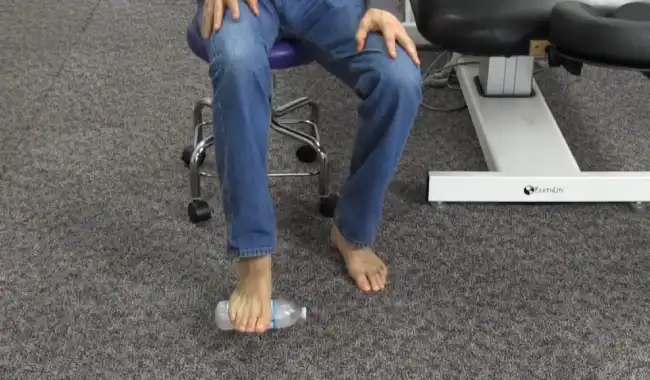
Using a frozen water bottle can benefit your recovery if you’re dealing with plantar fasciitis. Here are some of the benefits that come with using a frozen water bottle to treat your plantar fasciitis:
- Reduced inflammation and pain
- Localized icing
- Enhanced blood flow
- Improved flexibility and range of motion
- Convenient and cost-effective
Let’s see each of these benefits in greater detail.
1. Reduced Inflammation and Pain
A frozen water bottle can help decrease inflammation and alleviate pain in the plantar fascia caused by hiking. The cold temperature of the frozen water bottle constricts blood vessels, which reduces swelling and inflammation in the plantar fascia. This can provide significant relief from the discomfort experienced during and after hiking.
2. Localized Icing
The cold from the frozen bottle directly targets and soothes the inflamed tissues in your feet, providing immediate relief. This is due to localized icing, which allows for precise and targeted cooling of the affected area.
3. Enhanced Blood Flow
When you apply cold therapy to the affected area, such as the bottom of your foot, the blood vessels constrict, reducing inflammation and pain.
But once you remove the cold source, your body responds by increasing blood circulation to the treated area. This surge in blood flow is beneficial for healing plantar fasciitis as it delivers essential nutrients to the damaged tissues and removes waste products.
4. Improved Flexibility and Range of Motion
Regularly rolling a frozen water bottle under your foot can help increase flexibility and range of motion in the muscles and fascia that are engaged during hiking.
As you roll the bottle back and forth, it applies pressure on the plantar fascia, stretching and releasing the tightness in the tissues. This repetitive motion helps break down adhesions and scar tissue, promoting better blood flow and oxygenation to the area.
5. Convenient and Cost-Effective
Incorporating the frozen water bottle technique into your post-hiking routine is a convenient and cost-effective way to manage soreness and strain.
This simple technique can be done at home or on the go, making it a practical option for hikers who want to alleviate discomfort without spending much money on expensive recovery tools or therapies.
Note: While the frozen water bottle massage can be helpful, it should be part of a comprehensive approach to managing plantar fasciitis caused by hiking. Other strategies like proper footwear, stretching, icing, and resting can contribute to a more effective recovery.
How often should I perform the frozen water bottle massage after hiking?
To maximize the benefits and aid your recovery from hiking-induced strain, it is recommended to perform the frozen water bottle massage several times a day, especially after your hiking sessions.
Doing so can effectively address the strain caused by hiking and contribute to your overall recovery. The cold temperature of the frozen water bottle helps reduce inflammation and soothe the affected areas.
Additionally, the rolling motion of the bottle can provide a gentle massage to the muscles, promoting relaxation and improved circulation.
Consistency is key in reaping the benefits of this technique, so make it a part of your post-hiking routine. Remember to listen to your body and adjust the frequency based on your individual needs and comfort level.
Is ice cold water good for plantar fasciitis caused by hiking?
The use of cold water can be an effective treatment for plantar fasciitis that occurs after hiking. Ice-cold water can provide immediate relief by constricting blood vessels and reducing swelling in the affected area. Ice your foot for 15 to 20 minutes a few times throughout the day is recommended to decrease inflammation.
While cold therapy helps manage plantar fasciitis caused by hiking, it can be combined with other prescribed treatment methods. Rest, stretching, and wearing supportive footwear are all important factors in managing plantar fasciitis.
Should I limit walking with plantar fasciitis while on a hiking trip?
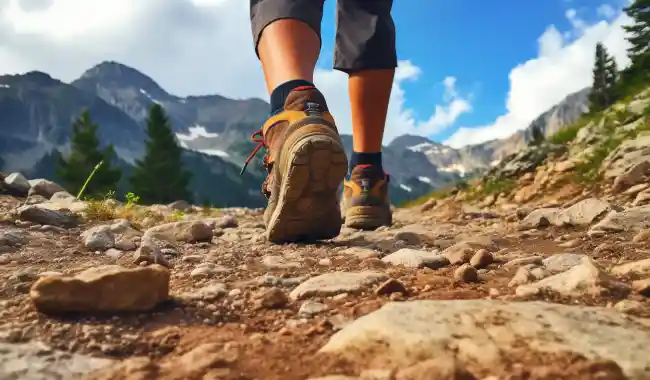
Walking with plantar fasciitis caused by hiking should be limited to prevent further exacerbation of inflammation and prolong the healing process. Hiking involves walking on uneven terrain, leading to additional stress on the affected foot, causing increased pain and discomfort.
The strain from hiking can put significant pressure on the plantar fascia and worsen the condition. This can lead to increased inflammation and a longer healing time. Limiting or avoiding hiking until the condition is fully healed is important to avoid aggravating plantar fasciitis.
It is crucial to choose proper footwear that provides adequate cushioning and stability as well. Proper footwear can assist in combating the impact and pressure that hiking can place on the foot.
In addition, low-impact exercises such as swimming or cycling should be incorporated into the exercise routine to maintain physical activity without aggravating the condition further. These exercises effectively provide cardio exercise without causing additional strain on the foot.
Frozen Water Bottle: The Surprising Key to Relieving Plantar Fasciitis Pain
Using a frozen water bottle for plantar fasciitis from hiking can be extremely helpful in your recovery process. The cold temperature helps reduce inflammation and provides relief to your sore feet.
Regularly massaging your feet with a frozen water bottle can speed up your healing and help you get back on the hiking trail faster. Remember, consistency is key, so perform this treatment regularly.
Don’t let plantar fasciitis hold you back from enjoying the great outdoors. Embrace the power of the frozen water bottle and let it work its magic.
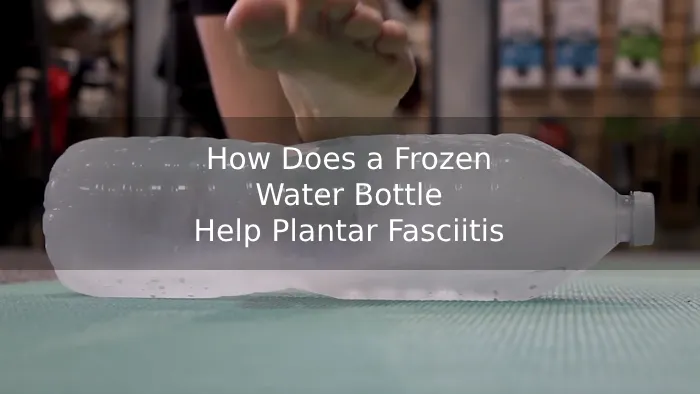
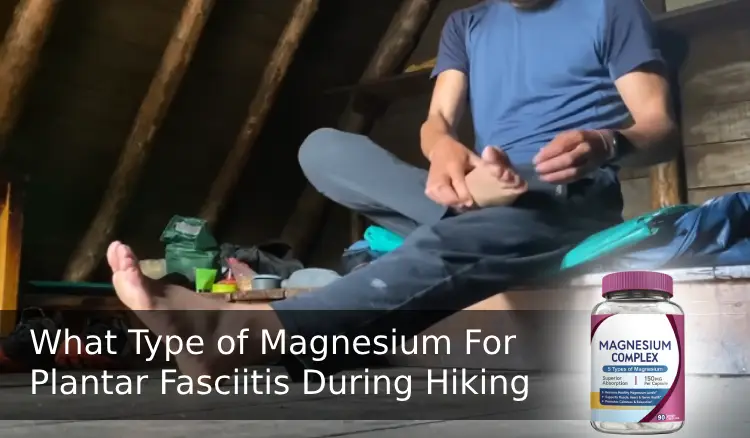

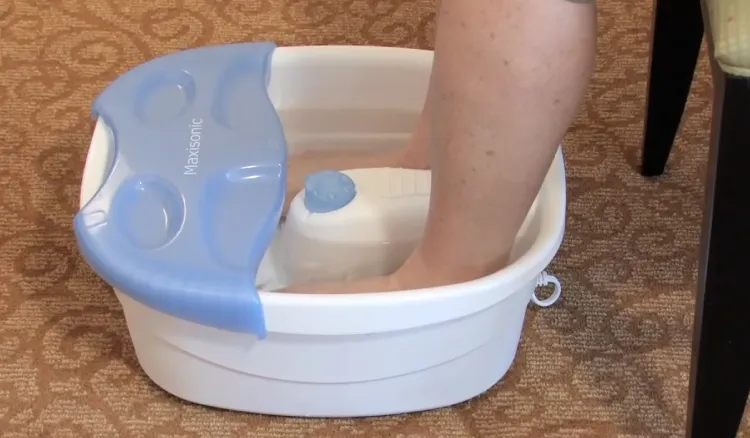
Leave a Reply